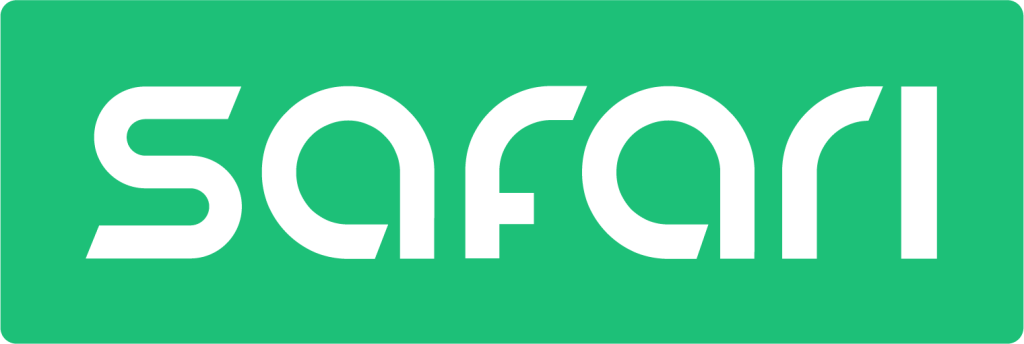Your method for sustainable growth
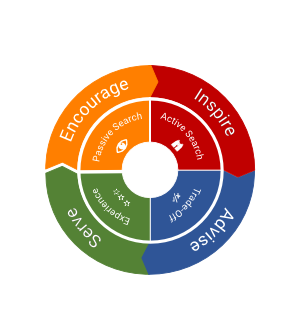
Explore customer-centric strategy development
Start your strategy development with a customer-centric approach. Learn about the greatest market potential and realize it. Work with a collaborative approach and align with your stakeholders on customer needs.
Understand our customer-centric strategy approach by getting answers to these questions.
Why focus on progress?
Simply put, it’s the only thing that customers care about. They care about your product, service, messaging, and sales activities if they help them improve their life or business. Before you create a growth strategy, you need to understand what customers want to change and how they buy.
Create insights that cover all phases of the customer journey and experiences. Provide product developers, marketers and sales strategists with the data needed in order to
- build the right solution,
- create marketing campaigns that create movement,
- produce buying aids that help close the sale.
Learn about what
- customers want to get done
- desires they have
- pains and gains they experience
- thoughts and emotions drive their journey
- events that trigger the move along the buying cycle
- constraints that make progress difficult to achieve.

Why conduct interviews?
Customer and user interviews are the best source of information about user experiences, motives, and context. They provide evidence of successful customer journeys and don’t need much interpretation like quantitative data.
Customer stories tell us what problems customers have overcome and what factors have played a role in the decision process.
Tap into the rich contextual data to extract insights:
- use the greatest unmet needs to determine market potential,
- identify unmet needs to create innovation ideas,
- use motivators and inhibitors to inform marketing and sales.
Take advantage of our pool of questions to uncover insights you don’t get otherwise.
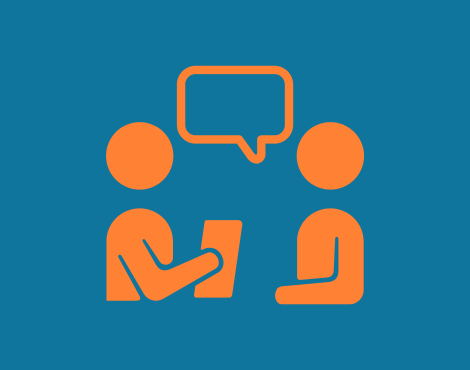
Conduct 45 to 60 min. structured interviews about the acquisition of solutions and/or their experience.
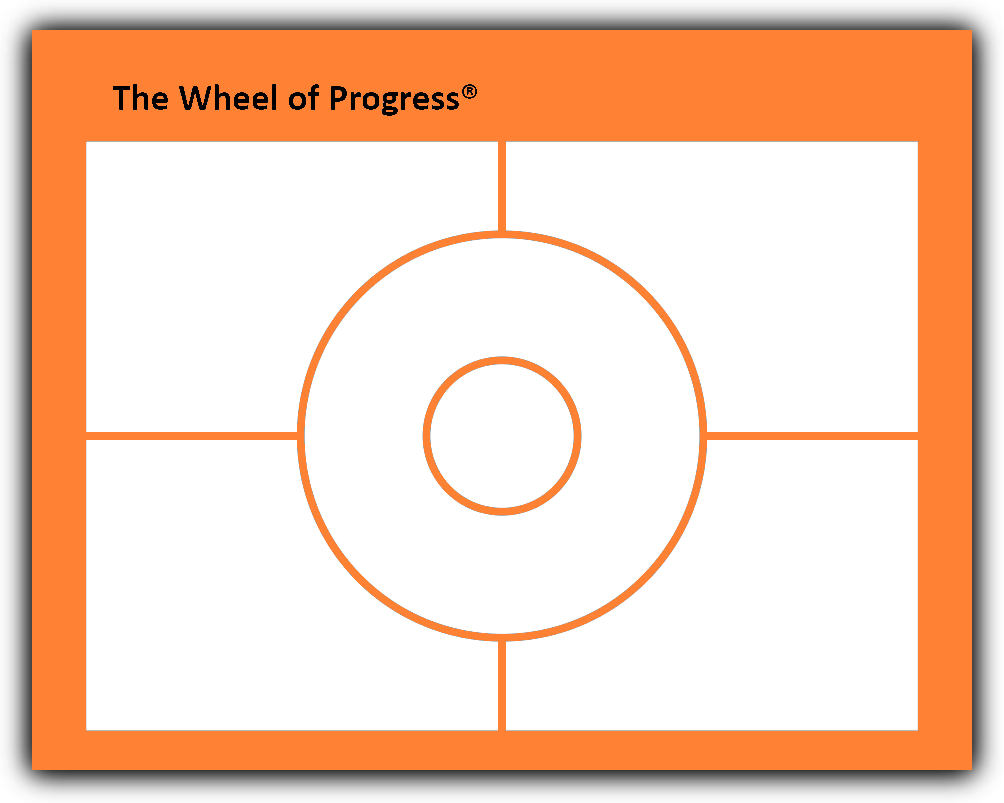
Itemize, categorize, and visualize interview data on The Wheel of Progrfess board.
- Use insights that only you know for your competitive advantage.
- Take advantage of a structured approach to turn customer stories into actionable data and focus on insights that matter.
- Utilize a structured customer interview process.
- Get unprecedented insights and efficiencies.
Benefits of working with our structured approach
Customer Motivation
Reveal the deep motivation for acquiring products and services.
Actionable Data
Create actionable data for product or service design, marketing, sales, and service.
Meaningful Questions
Create an insightful conversation with the help of effective questions.
360° Perspective
Get unparalled insights into all phases of the customer cycle.
Structured Data
Recognize patterns to achieve the highest impact
Fast Evaluation
Get rid of the backlog in customer interview evaluations.
Trustworthy Source
Make confident decisions based on the most trustworthy source of information – customers.
Visualized Data
Work with easy understandable and navigatable data that fosters collaboration.
Exploit Interviews
Exploit the entire interview content, do not waste precious information.
Why focus on 12 Elements?
The 12 Elements of Customer Progress Design is all you need to make strategic decisions.
Focus on what is actionable and ignore the rest. You only need to know
- what customers want to achieve
- how satisfied they are with the means to achieve their goals,
- under what conditions they do so, and
- what they feel and think.
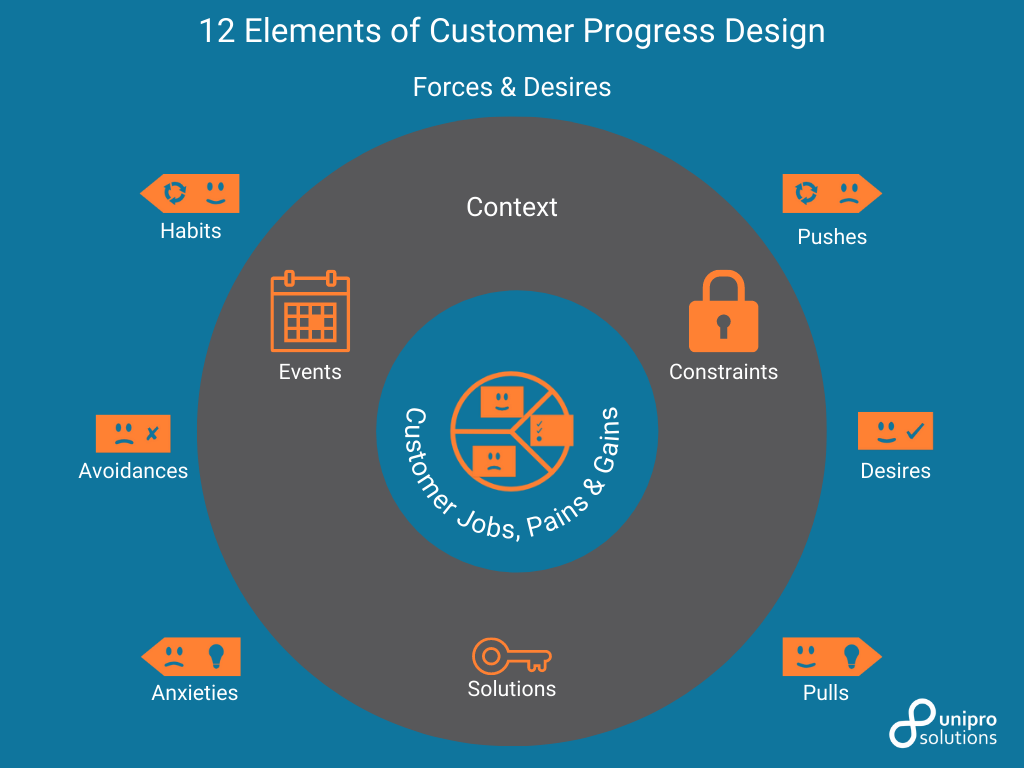
Structure interview data
- Functional and emotional tasks, customers try to accomplish (getting from A to B or peace of mind)
- Pains suffered from performing the task (stuck in traffic)
- Gains achieve by performing the task (not polluting the environment)
- Events that trigger the next phase of the customer journey (getting a driver’s license)
- Constraints that restrict the customer journey or the use of products (lack of dealerships in the vicinity)
- Solutions acquired to make progress (driving lessons)
- Pushes that motivate & Habits that keep customers from looking for a new solution
- Pulls that motivate & Anxieties that keep customers from acquiring a new solution
- Desired Outcomes that inspire & Avoidances that discourage customers
Itemize interviews into 12 elements so they become manageable. Identify between 70 and 130 data points per interview.
Why generalize Elements?
Here is where the insights creation take place. Insights emerge from the aggregated data, like puzzle pieces that form a picture. Here is where you create your repository of insights you build your strategy on, where you create trustworthy data and create empathy among your colleagues.
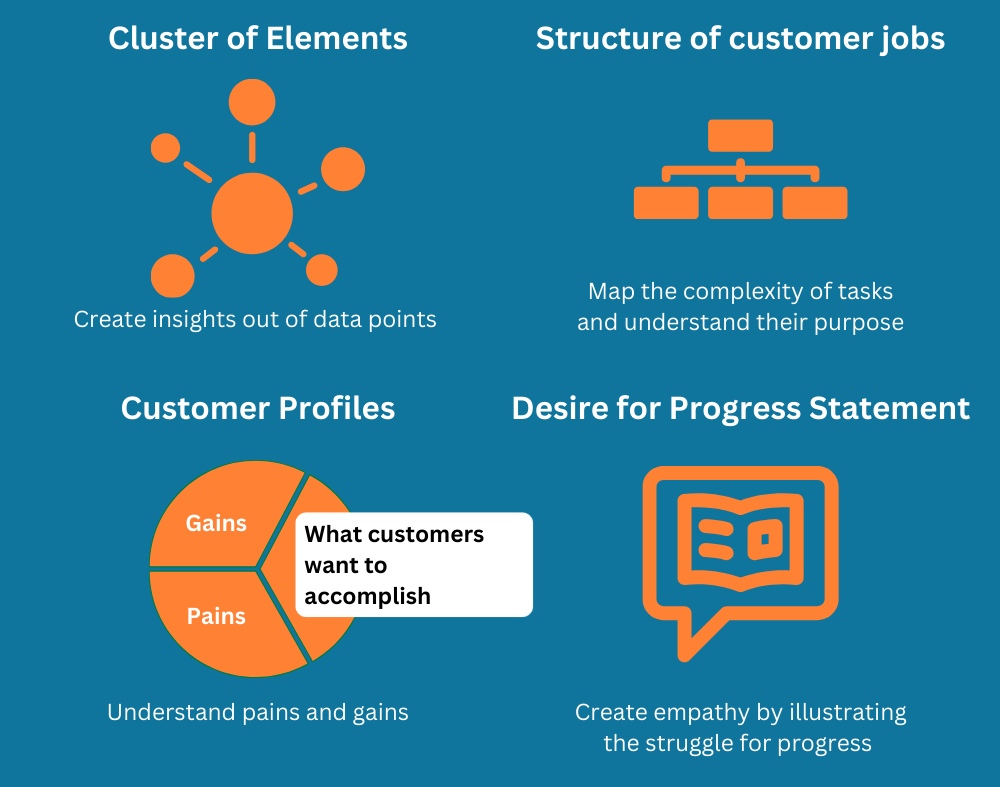
What you will get
- Insights about the purpose of customer behavior.
- Insights into patterns across different customer journeys.
- Generalized data elements.
- Practical customer intelligence assets.
Turn data points into insights. Create data assets you can work with. Create empathy among stakeholders.
Why select customer needs?
Deciding which customer needs to fulfill is one of the most important business decisions. Not all needs are worth tackling. Do what’s right for the customer and what has the greatest market opportunity.
This is where you make the assessment.

Apply Rational Criteria
How important is the customer job for customers?
How concrete are the pains and potential gains?
How satisfied are customers with performing the job?
How big is the busniess opportunity?
Why ideate for Progress?
Close the loop of value-creation and set the course for sustainable growth of your company. Create in each phase a relationship with customers based on the most relevant insights. Become the most helpful organization in helping customers succeed. This is how to map the customer journey.
This is the place to create an integrated strategy and align all activities related to
- product development and service design
- marketing, and
- sales
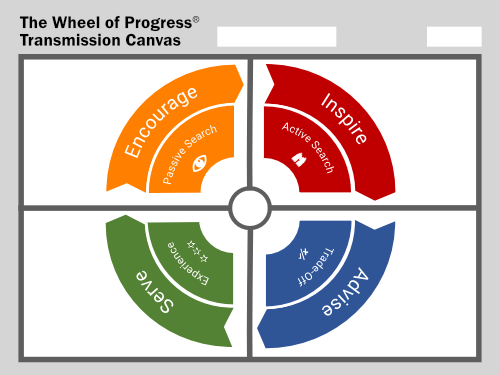
Support the Phases of the Customer Journey
- Encourage customers to stop procrastinating.
- Build a relationship with customers before anyone else.
- Demonstrate that you are a purpose brand.
- Inspire customers.
- Help customers explore the solution space based on their desires.
- Position your your company as a suitable provider.
- Give customers advice to choose the right solution.
- Make the right promises.
- Provide sales people with customer stories.
- Serve customers to get the job done.
- Build products or services that improves the lives or businesses of customers.
- Create an outstanding customer experience.
Process and Tools
Use our 5-step process. Develop your entire project on one board with all necessary tools. Go straight to the point and cut through the clutter. Design for customer progress.


